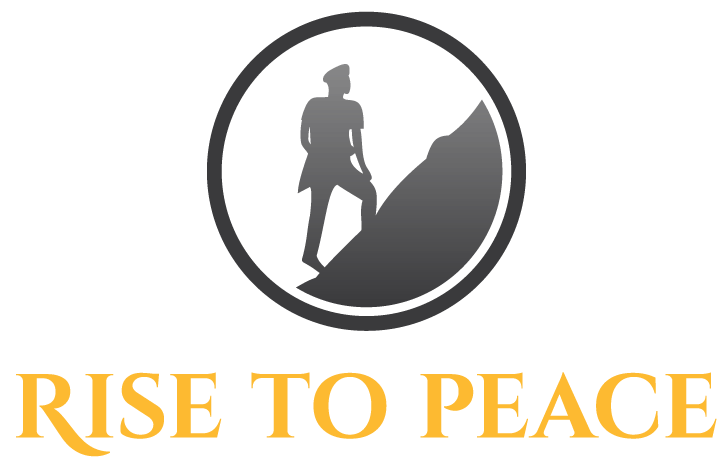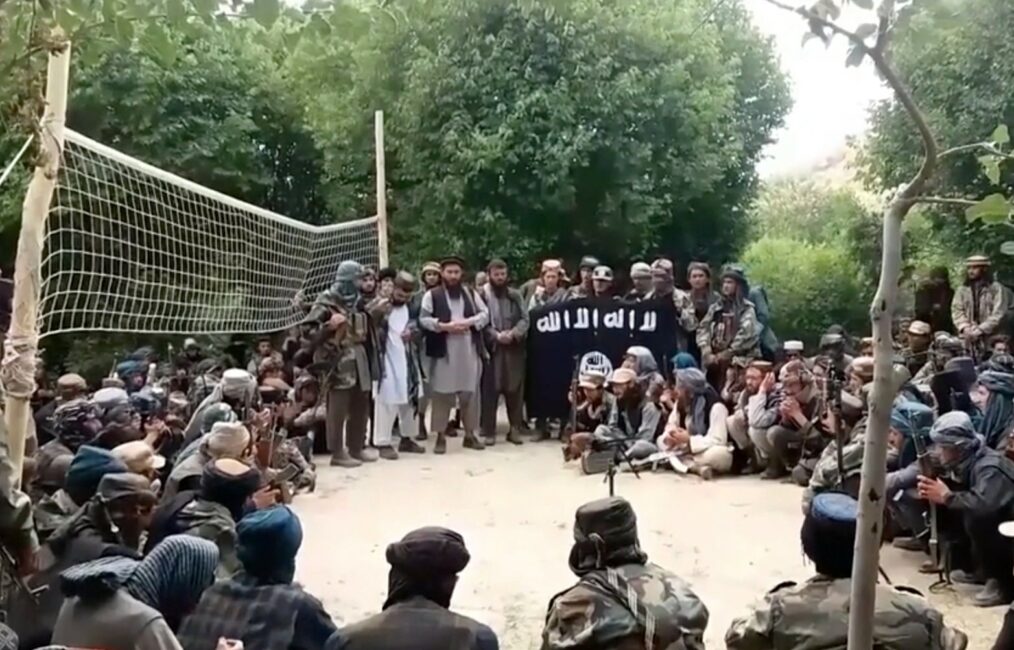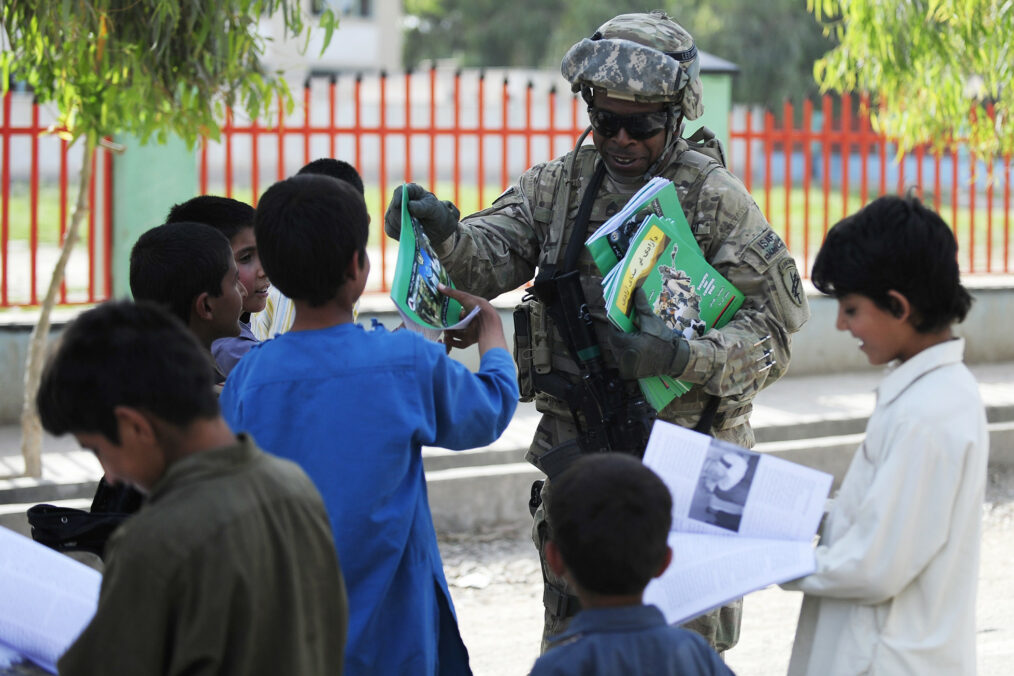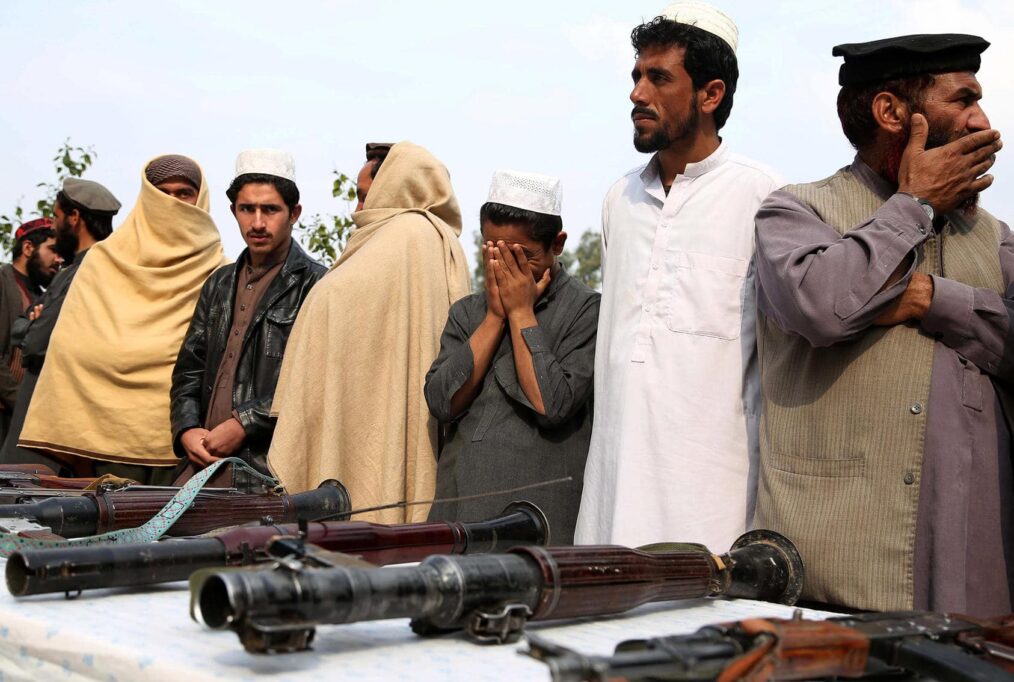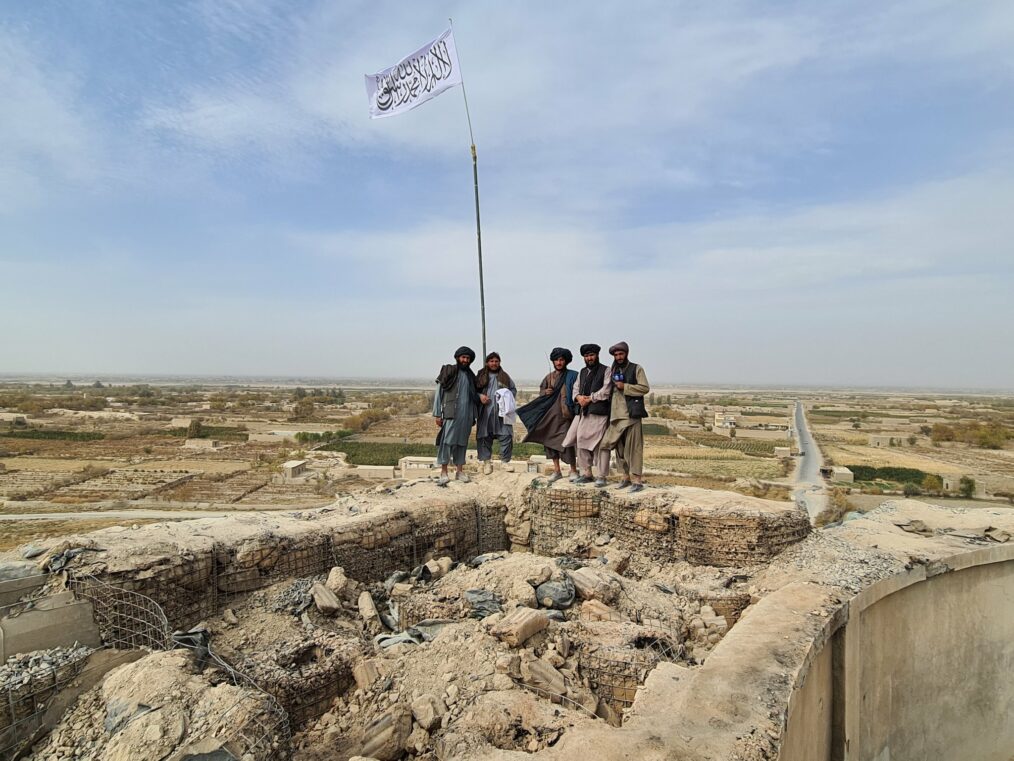Wars manifest differently in various locales: however, accrued insights can be considered in other scenarios. The Algerian government experienced a brutal decade-long intra-state conflict against Islamist extremist groups that ultimately ended in a statist victory. An official end to conflict left the proverbial door open to experiments in hard and soft government policies to combat terrorism and transition former fighters into contributing members of society. While the Algerian case is imperfect (as in any security matters reliant on fallible political will and resources), it offers some broad lessons for Afghanistan.
Two Very Different Conflicts
Afghanistan has been entrapped in 40 years of conflict, but the last 19 confronting the Taliban have transitioned from primarily a militaristic question into discussions of democracy and the role of traditional elements in any future manifestations of the state. As often noted, the Taliban do not recognize the current government in Kabul as legitimate and ultimately seek an Islamic emirate as their preferred choice of governance. Still, in the circumstance that intra-Afghan dialogue results in a viable and resilient peace deal, matters of disarmament, demobilization and reintegration (DDR) have to be hammered out, understood, and prioritized.
The civil war in Algeria emerged very differently. Islamist nationalism simmered for decades, but general dissatisfaction over socio-political factors caused by government inefficacy climaxed in the 1980s. As an aside, disenchanted young men travelled to training camps in Peshawar, Pakistan in order to fight against the Soviet Union in Afghanistan. It was there they gained experience in insurgent tactics and guerilla warfare.
After the 1988 Black October riots (where security forces used excessive force that resulted in injury and death), the fall of the one-party political system dominated by the Front de Libération Nationale (FLN), and the emergence of the Islamist political party Front Islamique du Salut (FIS) as victorious in local elections, the stage was set for a political fissure.
The FIS defeated the FLN in the first round of parliamentary elections in December 1991, however those in the deep state, les décideurs (the deciders) and le pouvoir (the power), considered this unacceptable. A second round of voting was cancelled by the military and they staged a coup d’état against President Chadli Bendjedid. From this point, civil war slowly but surely materialized. Extremists travelled to the north of the country to train while bombings and targeted killings occurred.
Numerous Islamist insurgent groups took up arms against the government. The armed wing of the FIS, the Armée Islamique du Salut (AIS), was composed of moderates that eventually entered into a ceasefire with Algiers in 1997. As part of the deal, the AIS was required to distance itself from hardline affiliates and used this opportunity to pursue a path as a political party. Further, the FIS continues to be barred from the Algerian political process though they maintain an existence by proxy. Even so, they acknowledge a political settlement is the definitive goal as they once sought a (failed) resolution with the Algerian government — the Sant’Egidio Platform.
On the other hand, hardline factions pushed the envelope. The Groupe Islamique Armé (GIA) had battle-hardened insurgents from the Afghan front in their ranks as well as former members of Bou Yali — a faction that previously engaged in armed rebellion against state institutions. It was a collective objective to topple the civil-military political arrangement and replace the government with an Islamic caliphate. Additionally, the Groupe Salafiste de Predication et du Combat (a breakaway from the GIA) acted as a key force and this is extremely important as the GSPC are often considered the foundation of al-Qaeda affiliated groups that continue to incite regional security concerns.
The Algerian Civil War first sprung in 1991, but ultimately ended in 2002. It is often called la sale guerre (the dirty war) due to the heavy handedness of the Algerian security forces to counter the insurgency whilst Islamist groups were rebuked for their attacks on civilians. Nonetheless, a fractured country immediately faced the situation of how to reach any semblance of unity as well as deescalate any further eruptions rooted in disparate views of governance. These next steps may provide the Afghan situation some insight.
Disarmament, Demobilization and Reintegration
In the case intra-Afghan talks reach a sound negotiated settlement, questions over the future of former Taliban fighters remain open. Many elements must be considered such as the extent of the radicalization of individuals or whether they took up arms due to coercion or for gainful economic payouts.
Undoubtedly, Algeria had to contend with a large number of insurgents. Algiers pursued a hard approach to managing extremist groups, especially those intent on the establishment of a caliphate or challenge political security. This was a double-edged sword as the austere measures employed by government forces often crossed acceptable lines and ushered in disapproval in the populace.
Some extremist groups never renounced violence and that is to be expected no matter the quality of any peace accord. The GSPC rejected the 2005 Charter of Peace and Reconciliation that was passed with a 97% approval rating in a referendum simply because they preferred to continue as a terrorist faction. This was a significant blow as they were the largest group still active from the civil war and shared connections with known transnational terrorist organizations.
For example, al-Qaeda in the Islamic Maghreb (AQIM) is a direct outcome of insurgent groups that did not lay down their arms in the post-civil war period. Fragmentation typical of terrorist organizations meant that Islamic State of Iraq and the Levant – Algeria Province (ISIL-AP) splintered from AQIM and thus it is yet another distant offspring of past fighting.
Extremist organizations are ready to absorb any fighters unwilling to embrace peace and lay down their arms. In Afghanistan, there are numerous groups dedicated to violent methods so this remains an underlying problem, therefore hard approaches must be considered in any future outlook, though they are not particularly a sunny matter. Just as Afghan security forces require support to ensure national security, Algerian security forces continue to conduct operations in areas of the country known for being hotspots of operational development or locales where insurgents typically and unassumingly cross the border into conflict-riddled Mali.
At the same time, Algiers promoted a soft approach. Afghanistan does not have the same economic means as hydrocarbon-rich Algeria, but both struggle with weak government and contracted economies. Nonetheless, Algeria ushered in a series of economic reforms to secure financing from the private sector as well as international partners. Dividends from these investments as well as energy revenues were allocated towards social programming, such as housing incentives and prospects for employment in state-funded positions. It is often noted that social discontents and the lack of viable employment opportunities prop up the effectiveness of extremist recruitment tactics so it is wise to solicit resources to nip this phenomenon in the bud.
Clemency was sought for those insurgents that were members of radical factions that did not commit serious crimes such as large scale indiscriminate killings or bombings. In clemency, willing fighters found an avenue to reintegrate into their local communities. Those that were convicted of grave offences — but willing to renounce violence — received lighter prison sentences. Some were not convicted or imprisoned at all due to a lack of evidence as crimes committed during civil wars are often messy and ambiguous. This was obviously problematic as justice must come prior to reconciliation and it must be completed in a method that aligns with the zeitgeist of local communities.
While political Islam did not amass an especially large following, extremism exhibited by factions during the civil war turned the Algerian populace even further away from related political philosophies. It is often remarked that Afghans will not renounce the progress and development that has occurred over the last 19 years. Algerians reached similar conclusions. At ongoing political protests, protesters were wary of the involvement of political parties that played a role in the civil war, and one stated, “we are vaccinated against the FIS and its excesses.” A similar viewpoint could be easily expressed by Afghans who are tired of war, Taliban attacks, and chronic stagnation.
The role of women has been transformed from solely a human rights issue into an instrument of combatting extremism in Algeria. While it may seem facetious for a government to adopt this position to highlight the differences between acceptable forms of governance and extremism, women have generally benefitted from this arrangement. A similar approach can be extended to Afghanistan insofar as infringement upon the rights of women has become a red line that will not be crossed or negotiated away. In the words of a young Afghan woman, “We as women need to tell the Taliban that…this is a new Afghanistan.” Highlighting this element is a definitive difference between two philosophies and an applicable lesson from Algeria.
Conclusion
Intra-state conflicts are as unique as the nations that sadly end up engaged in them. Similarly, the means in which a state achieves relative peace will be reflective of its unique political culture. No perfect process exists nor will it ever.
At the same time, experiences of other states that have confronted extremist groups in intra-state conflicts offer valuable insight for others that must engage in disarmament, demobilization and reintegration. The aftermath of the Algerian civil war taught observers that attractive financial incentives, clemency for foot soldiers, and the tactical use of civil society issues in the context of a negotiated political settlement provided a means to quash further extremist rebellion in the long term.
This framework does not totally subjugate the overpowering allure of terrorism therefore the continued application of the repressive state apparatus is required. The situation is different in Afghanistan, but the case study of Algeria provides interesting food for thought.
